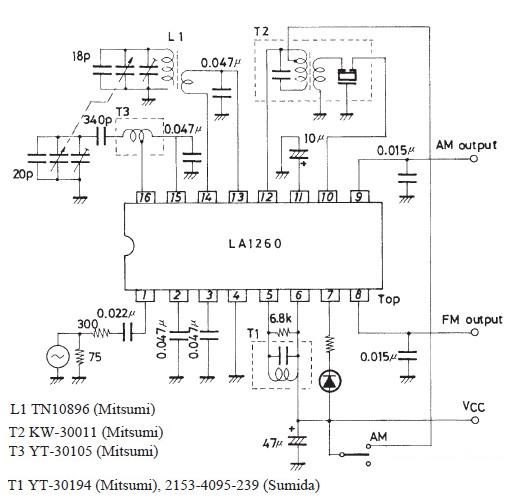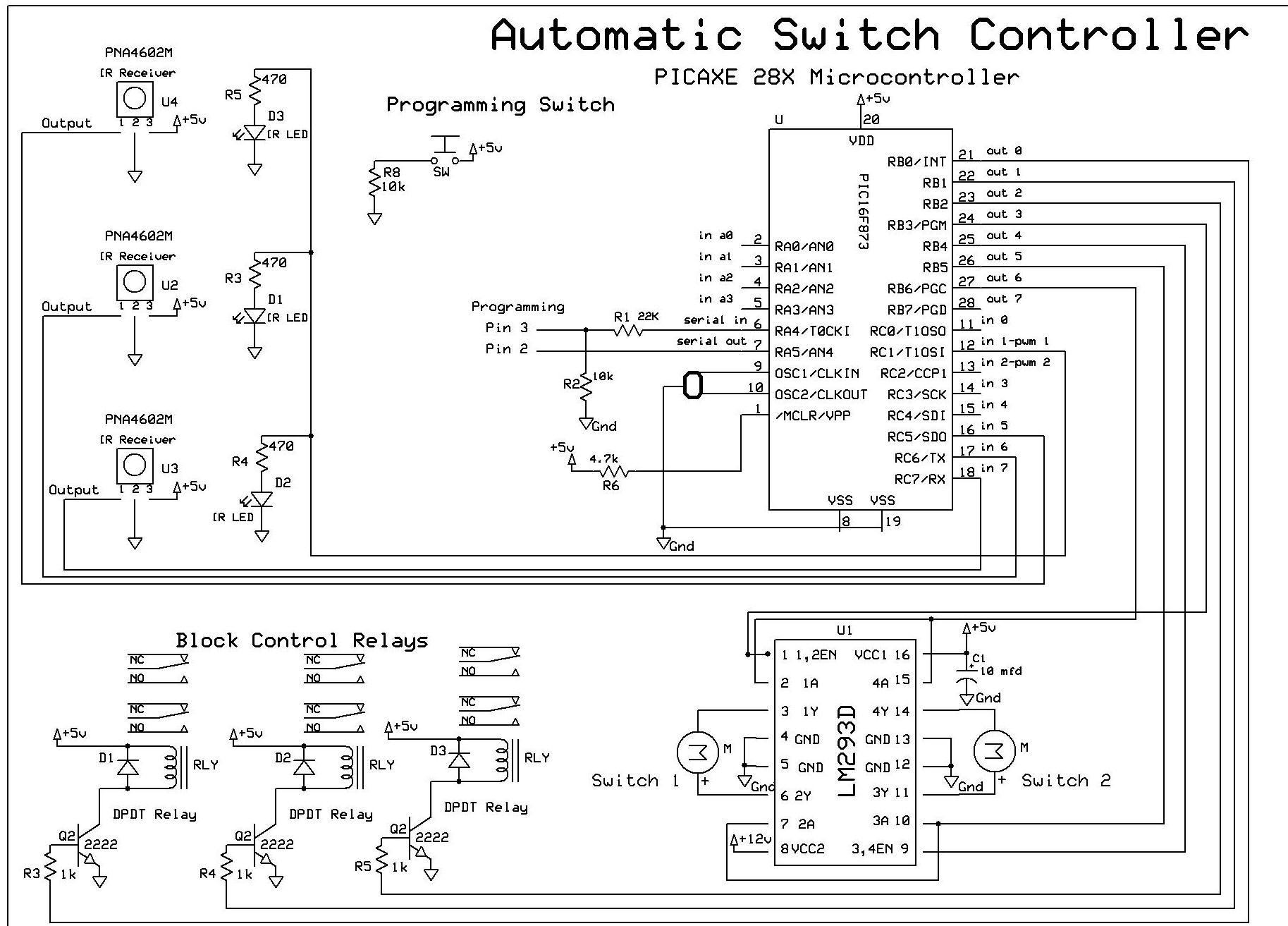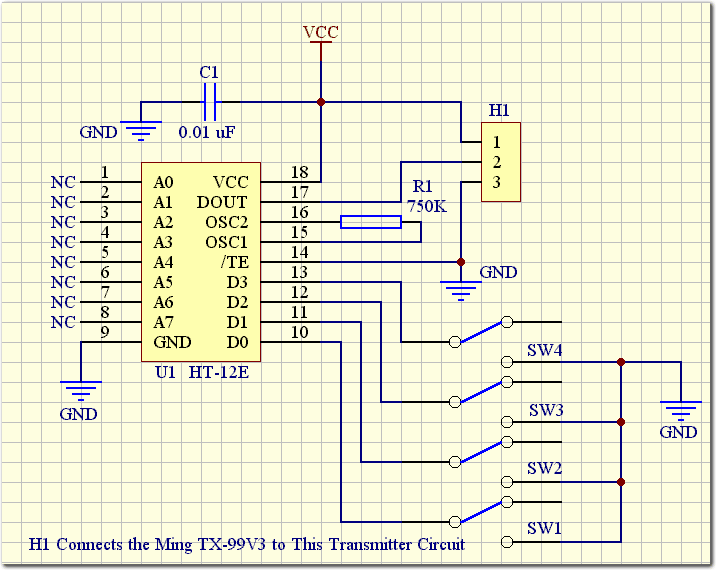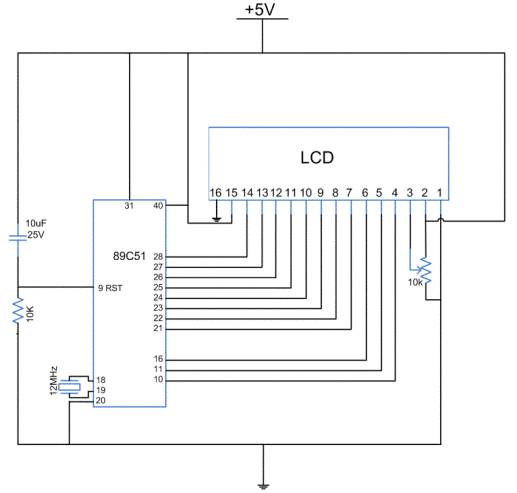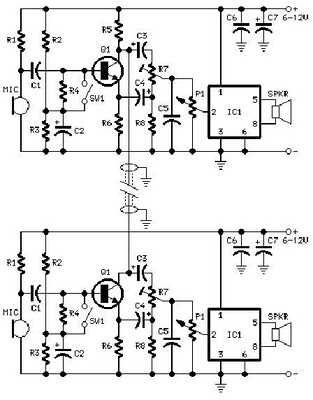
rf modem robotics project using pic16f84 microcontroller
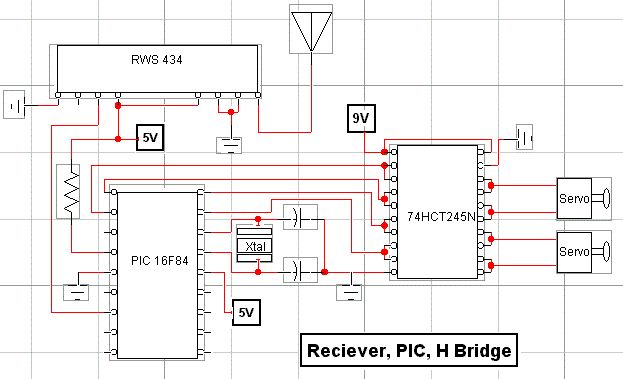
RF technology is an exciting field to incorporate into electronic designs. However, for beginners, constructing reliable RF transmitters and receivers can be challenging.
RF (Radio Frequency) technology plays a crucial role in modern communication systems, enabling wireless data transmission over various distances. The design of RF transmitters and receivers involves several key components and considerations to ensure optimal performance.
An RF transmitter typically consists of a signal source, modulator, amplifier, and antenna. The signal source generates the baseband signal, which is then modulated to encode information onto a carrier frequency. The modulator can use various techniques such as amplitude modulation (AM), frequency modulation (FM), or phase modulation (PM) depending on the application requirements. After modulation, the signal is amplified to increase its power level before being transmitted through the antenna.
The RF receiver, on the other hand, is responsible for capturing the transmitted signal and demodulating it to retrieve the original information. Key components of an RF receiver include the antenna, low-noise amplifier (LNA), mixer, demodulator, and output stage. The antenna captures the RF signal, which is then amplified by the LNA to improve the signal-to-noise ratio. The mixer converts the RF signal to an intermediate frequency (IF) for easier processing. Finally, the demodulator extracts the baseband signal from the IF signal, allowing the original information to be recovered.
When designing RF circuits, it is essential to consider factors such as impedance matching, frequency selection, and filtering to minimize signal loss and interference. Additionally, the layout of the circuit board can significantly impact performance, as RF signals are sensitive to parasitic capacitance and inductance.
Overall, while building RF transmitters and receivers presents challenges, understanding the fundamental components and principles involved can greatly enhance the likelihood of successful design and implementation.RF is just way too cool not to use in your designs. But if you`re a newbie like me it is difficult to successfully build solid RF transmitters and receiver.. 🔗 External reference
RF (Radio Frequency) technology plays a crucial role in modern communication systems, enabling wireless data transmission over various distances. The design of RF transmitters and receivers involves several key components and considerations to ensure optimal performance.
An RF transmitter typically consists of a signal source, modulator, amplifier, and antenna. The signal source generates the baseband signal, which is then modulated to encode information onto a carrier frequency. The modulator can use various techniques such as amplitude modulation (AM), frequency modulation (FM), or phase modulation (PM) depending on the application requirements. After modulation, the signal is amplified to increase its power level before being transmitted through the antenna.
The RF receiver, on the other hand, is responsible for capturing the transmitted signal and demodulating it to retrieve the original information. Key components of an RF receiver include the antenna, low-noise amplifier (LNA), mixer, demodulator, and output stage. The antenna captures the RF signal, which is then amplified by the LNA to improve the signal-to-noise ratio. The mixer converts the RF signal to an intermediate frequency (IF) for easier processing. Finally, the demodulator extracts the baseband signal from the IF signal, allowing the original information to be recovered.
When designing RF circuits, it is essential to consider factors such as impedance matching, frequency selection, and filtering to minimize signal loss and interference. Additionally, the layout of the circuit board can significantly impact performance, as RF signals are sensitive to parasitic capacitance and inductance.
Overall, while building RF transmitters and receivers presents challenges, understanding the fundamental components and principles involved can greatly enhance the likelihood of successful design and implementation.RF is just way too cool not to use in your designs. But if you`re a newbie like me it is difficult to successfully build solid RF transmitters and receiver.. 🔗 External reference
